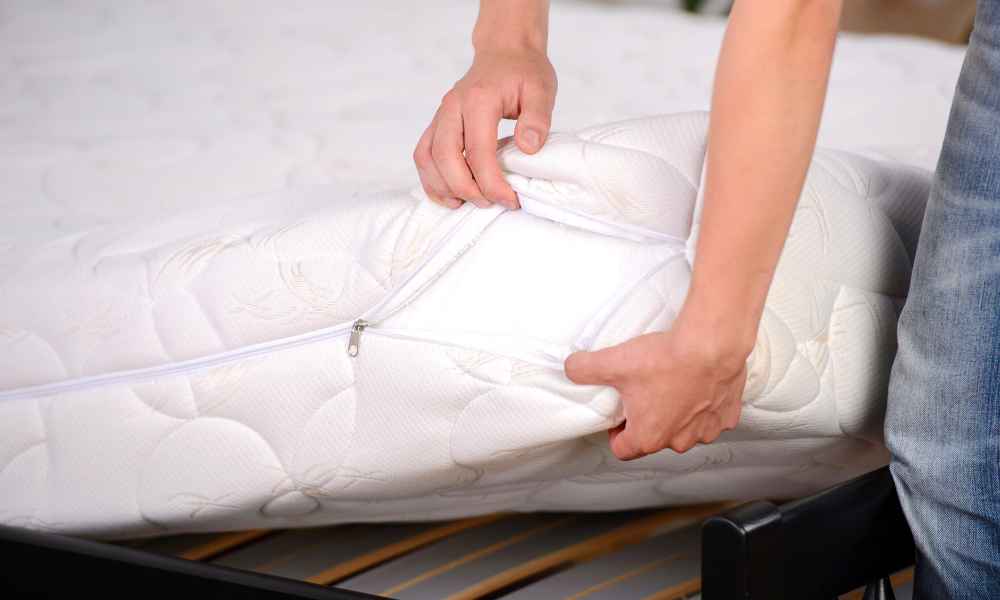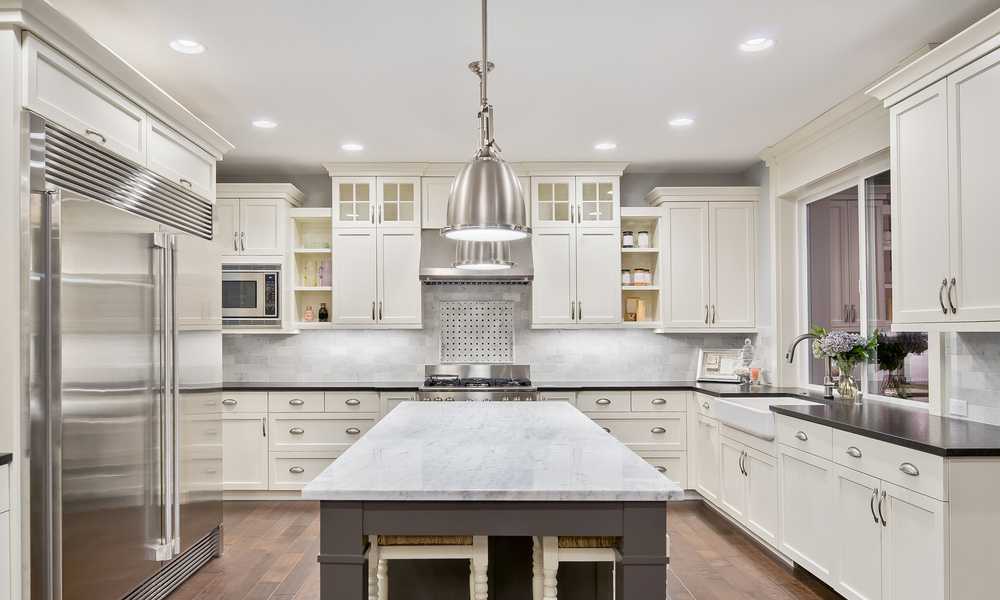Mold can grow in any moist environment, including kitchens. It is often found on surfaces that are regularly wet, such as the inside of kitchen cabinets. Mold growth can be cause by a variety of factors, including moisture accumulation from condensation or humidity, improper ventilation, and the presence of harmful bacteria. To prevent mold growing in your kitchen cabinets, make sure to keep the area dry and clean, install adequate ventilation, and use sanitizing products to kill harmful bacteria.
What is mold, what does it look like, and where does it come from?

Mold is a type of fungus that can grow on any surface in a home, including the inside of ceilings, walls, and floors. It typically appears as small black or green spots on surfaces and can create an unpleasant odor. Mold can be cause by moisture, poor ventilation, and inadequate insulation. It is most common in damp areas such as basements and crawl spaces.
What Areas Are Affected By Mold In The Kitchen?
Mold can affect any area of the kitchen, but it is most common in damp areas near the water supply or in the basement. It is important to take steps to prevent mold growth, including keeping the kitchen clean and dry, using a dehumidifier if necessary, and avoiding sources of moisture.
Mold Under The Sink

Kitchen appliances can be a major source of mold growth. In fact, according to the EPA, one in five homes contains some form of mold. If you have a kitchen with an appliance that is known to generate mold growth, it’s important to take steps to prevent the mold from spreading.
Clean your appliances regularly with a household cleaner that is specifically design to kill mold and bacteria. Make sure to rinse them well and dry them off before you put them back in use.
Avoid using wet wipes or sponges to clean your appliances – these items can easily spread bacteria and mold. Instead, use a cloth or paper towel to clean the surfaces of your appliances.
Mold In Cabinets And Cupboards
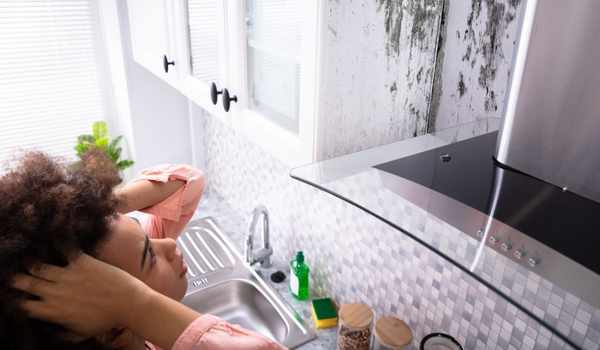
Mold-growing kitchen cabinets and cupboards can be a nightmare to deal with. If you have mold growing in your kitchen cabinets or cupboards, it’s important to take action as soon as possible.
Get professional help – if you’re unable to remove the mold yourself, it’s best to call in a professional. A trained expert will be able to get rid of the mold quickly and without any damage.
Disinfect the area – once the cabinet or cupboard has been cleaned, disinfect it using household cleaners or a disinfectant spray. This will help prevent the future growth of mold.
Mold In Drywall Behind Kitchen Cabinet

The drywall behind the kitchen cabinet can be a breeding ground for mold. The moisture from your food and the air conditioning can cause mold to grow quickly. If you have noticed mold growing on your drywall tips for cleaning it:
Use a cleaner that is specifically design to clean drywall. This will help to break down the build-up of dust and debris and make the cleaning process easier.
Wet the area to be clean with water and then apply the cleaner. Be sure to work the cleaner into all of the crevices and cracks in the drywall.
Once the area is clean, use a vacuum cleaner to remove all of the debris. Be sure to use a cloth filter if you have one, as otherwise small pieces of dirt could be picked up during the vacuum process and wind up in your food.
Mold In Pantry And Closet

Not only is mold dangerous, but it can also cause health problems if it is inhaled. It’s important to have a proper pantry and closet to store food so that it doesn’t get Moldy.
Keep your kitchen clean: Clean up any spills or messes right away and make sure the counters, floors, and walls are free of dirt, and grease.
Food particles. This will help reduce the amount of moisture available for mold growth.
Store food properly: Keep perishable foods cold and dry, and store storage items such as canned goods high up so they don’t get wet.
Mold In The Dishware
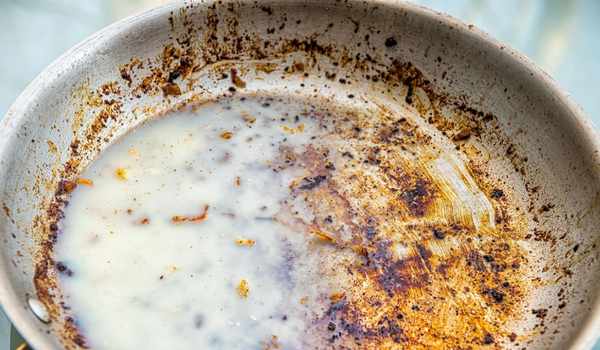
Households with dishwashers are at an increased risk of mold growing in their kitchens. The reason for this is that dishwashers spray water and detergent onto dishes so forcefully that they often dislodge bacteria and mold spores from the dishes.
Studies have shown that dishwashers are one of the most common places where mold grows. In fact, a study published in the Journal of Applied Microbiology found that almost half of all samples collected from homes with dishwashers had mold growing on them.
The most common type of mold associated with dishwashers is Penicillium. Penicillium can thrive in damp conditions, which is why it’s so common in kitchens with dishwashers.
Mold In Garbase Disposal

Proper garbage disposal is one way to prevent mold from growing in your kitchen. When you put garbage in the trashcan, make sure to tie it up well so that it doesn’t touch the ground. If methane gas builds up in the can, it will escape and cause a smell. If you have a compost bin, make sure to add food scraps and leftovers to it instead of putting them in the trashcan. This way, they’ll break down into nutrients that help prevent mold from growing.
Mold On Cutting Board
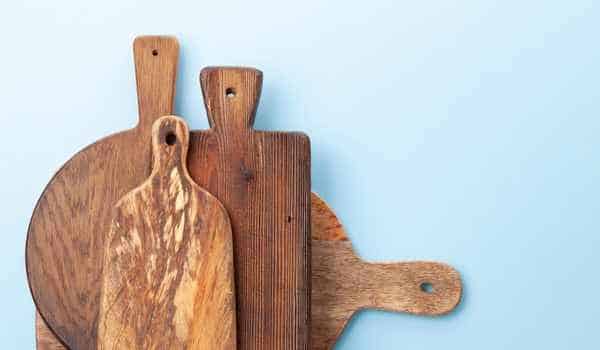
Cutting boards are one of the most important tools in any mold prevention arsenal. And, just like any other tool, they should be use correctly in order to be effective.
Always wash and dry your cutting board after use. This will help prevent mold growth. If you have pets, keep their food off of the board. Pets can spread bacteria and mold spores around your kitchen, which can lead to health problems. Don’t cut raw meat or poultry on the board; instead, use a carving knife or a chef’s knife with a serrated edge. Preheat the oven before cleaning the board; this will help kill any bacteria that may be present on the wood surface.
Mold In Faucets

Faucets can be a source of mold growth in kitchens. Not all faucets are create equal when it comes to the potential for mold growth. Here are some key factors to consider if you are concerned about this problem:
The type of faucet: Older faucets use rubber washers to keep the water flowing freely. Over time, these washers can disintegrate and create a favorable environment for mold growth. Newer faucets use metal washers that can also cause problems. If you have an older sink with a rubber or metal washer-equipped faucet, consider replacing it with a newer model that uses a cartridge system. This will minimize the chances of mold growing on your sink surface.
How To Prevent Mold Growth In The Kitchen?
There are a few things that you can do to prevent mold growth in your kitchen. First, make sure that the ventilation in the kitchen is good. This will allow the moisture and humidity in the air to escape, which will help to prevent mold from growing. Additionally, make sure that you clean your kitchen regularly. This will help to remove any dirt or debris that may be contributing to mold growth. Finally, make sure that you use a quality water filter in your kitchen. This will help to remove any harmful bacteria or mold from the water supply, which will help to remove mold growth in your kitchen.
Prevention tips #1: Keep your kitchen clean
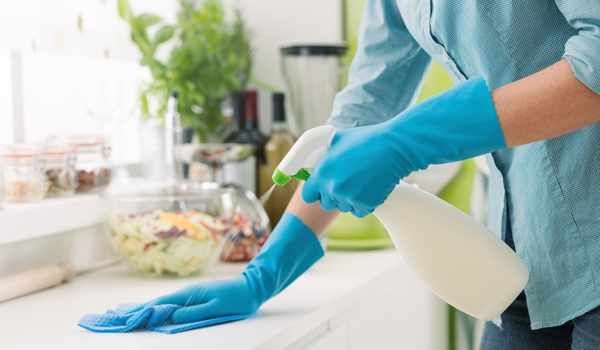
In order to keep your kitchen clean, you must prevent mold growth. Mold is a fungus that can grow on food and surfaces in the kitchen. It can produce dangerous toxins that can cause respiratory problems, allergic reactions, and even cancer. Here are some ways to keep your kitchen clean and free from mold:
- Keep your kitchen clean: A dirty kitchen is a perfect environment for mold to grow. Make sure to keep all surfaces clean and tidy. Dirty dishes will attract mold and other bacteria, which will create an inviting breeding ground for harmful bacteria. Store food in sealed containers or in the fridge if possible to avoid cross-contamination.
- Keep humidity low: Mold thrives in humid environments. Make sure the air in your kitchen is kept dry by opening windows when possible and using fans when needed.
Prevention tips #2: Get rid of excess moisture

Moisture is the root of all mold growth in the kitchen. By following these simple tips you can help to prevent mold from forming and growing in your kitchen.
Clear out any excess moisture from your kitchen cabinets and surfaces where food is store or cooked. This includes removing wet dishes, wiping down countertops, and airing out pans and cooking utensils after use. A dehumidifier can also be helpful in reducing moisture levels.
Keep your kitchen ventilating well – open windows and doors during hot weather, and run a fan when it’s cold outside to help regulate humidity levels inside.
Maintain cleanliness – regularly cleaning surfaces with a mild soap or cleanser, and cleaning up spills promptly. Dirty pots and pans will create moist environments that are perfect for mold growth.
Prevention tips #3: Fix leaky pipes and drafts
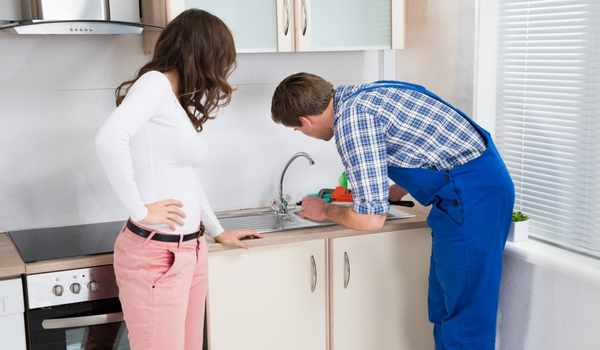
Leaky pipes and drafts are two of the most common causes of mold growth in the kitchen. A leaky pipe can send water and other elements throughout your home, while a draft can create an airtight seal between your kitchen cabinets and walls, allowing mold to grow. Both leaks and drafts can be fixe with a few simple precautions.
What to do if you detect mold in your kitchen cabinets
If you detect mold in your kitchen cabinets, the first thing to do is to evacuate the area and call a professional. Mold can cause serious health problems if it is breathed in or ingested. Once the area has been evacuated, you can start cleaning the cabinets with a household bleach solution. Be sure to wear gloves and eye protection while cleaning. Finally, seal any cracks or openings in the cabinets with caulk or silicone.
The Final Thought
There are many reasons why mold may be growing in your kitchen cabinets. Often, the cause is a moisture issue that can be resolved by repairing or replacing the cabinet doors or sealant around the edges of the doors. Other possible causes could be poor ventilation or a blocked drainage system. If you think mold is growing in your kitchen cabinets, it’s important to contact a professional to inspect and determine the best course of action.


